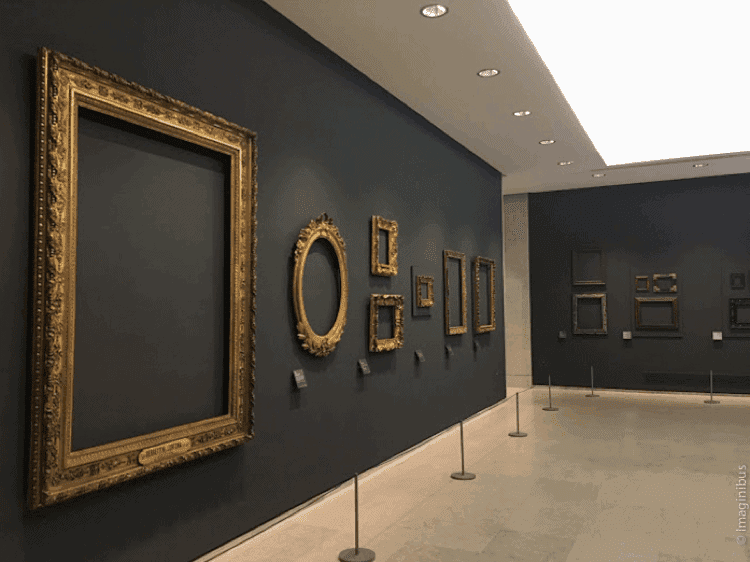Two wrongs don’t make a right

Earlier this month, the Association of Art Museum Directors (AAMD) gave the green light for the deaccessioning of their member’s collections. First, museums can now use deaccessioning proceeds—regardless of whether the works were deaccessioned before or after the date of the resolutions—to support the “direct care” of the collection. The AAMD leaves it to each museum to come up with its own definition of “direct care,” as long as it’s approved by the museum’s board and the policy is made publicly accessible. Second, museums can now use the income (but not principal) from funds generated by deaccessioning to cover general operating expenses. This part is a huge deal. It was always considered absolutely forbidden to deaccession works as a way to fund a museum’s operating costs, even if it meant the museum would have to close its doors. [1]
How is this going to improve the public access to unseen artworks across the country if works are sold to foreign nations or private stakeholders? How do we guarantee that the sales proceeds will increase the quality of our collections?
I am in shock. This is in a way the most worrying and disappointing news of the museum crisis. Not so much that AAMD lets it happen, but that it happens without apparent guidance, control, and specificity in terms of use of funds and strict curatorial censorship. It can cause a terrible ripple effect, (i) to the quality and quantity of museum collections (ii) to the disappointment of the public trust and private donors, and (iii) to the secondary art market as we know it. The ones that must be salivating about the news are the auction houses. But let me warn you that the pricing of newly marketed items will disappoint as a whole.
If serious money is aimed to be raised, the museums are going to have to sell pretty good paintings, not just the average.
Imagine 100 Rubens coming up for sale at once, even 10. The state-owned European collections won’t buy the second-rated works, the Chinese might. Is this good or bad? Perhaps redistribution will expand the Eurocentric Western dominating art culture -up to the 20th century-. This could be good for Europe and its descendants, but our country will be ripped from identity and cultural wealth.
Beware, the United States established its dominant role in the world when it became a leading cultural society with the best examples of artistic objects in the world.
Will this be a sign of a weakening society? Is it a symptom of its downfall? As a citizen of the United States, this worries me deeply.
There must be a better way.

[1] Zaretsky, Donn. “To Keep the Industry Alive, the AAMD Should Permanently Give Museums Freer Rein to Sell Work.” ARTnews.com, ARTnews.com, 29 Apr. 2020, www.artnews.com/art-news/news/aamd-guidelines-deaccessioning-op-ed-1202684952/.
